April Is Distracted Driving Awareness Month

Imagine a sunny afternoon, windows down, your favorite song playing as you cruise down a familiar road. Suddenly, a notification pops up on your phone – a text from a friend, an urgent email. In that split second, your focus shifts, the road blurs, and the potential for disaster looms.
April is Distracted Driving Awareness Month, a crucial time to refocus our attention on the road and address a persistent danger that affects us all. This annual observance serves as a powerful reminder to disconnect from our devices and reconnect with safe driving practices, ultimately protecting ourselves and those around us.
The Silent Epidemic: Understanding Distracted Driving
Distracted driving isn't just about texting while driving; it's any activity that diverts attention from the primary task of operating a vehicle. The National Highway Traffic Safety Administration (NHTSA) categorizes distractions into three main types: visual (taking your eyes off the road), manual (taking your hands off the wheel), and cognitive (taking your mind off driving).
These distractions can include anything from using a cell phone to eating, adjusting the radio, or even daydreaming. The consequences of these seemingly small actions can be devastating.
The statistics paint a stark picture. According to the NHTSA, in 2020 alone, 3,142 people were killed in crashes involving distracted drivers. That’s nearly nine deaths every single day.
Beyond fatalities, hundreds of thousands more are injured each year, leaving families shattered and communities reeling. These aren't just numbers; they represent real people, lives forever altered by preventable tragedies.
Why April? The Significance of Awareness Month
The selection of April as Distracted Driving Awareness Month is strategic. As the weather improves and more people take to the roads, it's an opportune time to reinforce safe driving habits.
The initiative also coincides with National Teen Driver Safety Week, highlighting the particular vulnerability of young, inexperienced drivers. They are statistically more likely to engage in risky behaviors behind the wheel, making them particularly susceptible to the dangers of distraction.
Throughout the month, various organizations, including the National Safety Council (NSC), state departments of transportation, and local advocacy groups, ramp up their efforts to educate the public. They conduct campaigns featuring compelling stories, distribute informative materials, and organize community events aimed at raising awareness and promoting responsible driving practices.
Beyond the Phone: Exploring Different Forms of Distraction
While cell phone use is undoubtedly a major contributor to distracted driving, it's important to recognize the many other ways our attention can be compromised behind the wheel. Think about that rushed breakfast you eat on the way to work, or the complex navigation system you try to program while driving on the highway.
Even seemingly harmless activities like adjusting the radio or engaging in conversations with passengers can divert your focus and increase your risk of an accident. In fact, studies have shown that having a heated discussion with a passenger can be just as distracting as talking on a cell phone.
Furthermore, in-vehicle infotainment systems, while designed to enhance the driving experience, can also be a significant source of distraction. Navigating complex menus, sending voice-activated commands, or even browsing through music playlists can take your eyes and mind off the road for crucial seconds.
Cognitive Distraction: The Silent Threat
One of the most insidious forms of distraction is cognitive distraction, also known as "inattention blindness." This occurs when your mind wanders, and you lose focus on the task at hand, even if your eyes are still on the road.
Daydreaming, worrying about personal issues, or simply being mentally fatigued can all lead to cognitive distraction. It's a silent threat because it's often difficult to detect and can easily lull drivers into a false sense of security.
Combating cognitive distraction requires cultivating mindfulness and practicing techniques to stay present and engaged while driving. This could involve taking regular breaks on long journeys, ensuring adequate sleep, and actively scanning the road for potential hazards.
What Can Be Done? Solutions for a Safer Road
Addressing distracted driving requires a multi-faceted approach that involves individual responsibility, technological innovation, and effective public policies. On a personal level, we can all commit to putting our phones away while driving. Consider using apps or phone settings that automatically silence notifications and block calls while you're behind the wheel.
Many newer vehicles come equipped with advanced driver-assistance systems (ADAS) that can help mitigate the risks of distracted driving. These technologies, such as lane departure warning, automatic emergency braking, and adaptive cruise control, can provide an extra layer of safety and help prevent accidents.
Stronger laws and enforcement are also crucial. Many states have enacted laws that ban texting while driving and restrict the use of handheld devices. Increased police presence and stricter penalties can deter drivers from engaging in distracted behaviors.
"We need to create a culture where distracted driving is socially unacceptable," says David Harkey, President of the Insurance Institute for Highway Safety (IIHS). "Just as we've seen with drunk driving, changing social norms can have a significant impact on behavior."
Education plays a key role too. Comprehensive driver education programs should emphasize the dangers of distracted driving and teach strategies for staying focused and alert behind the wheel.
A Call to Action: Making a Difference This April
This April, let's all commit to making a difference in the fight against distracted driving. It starts with a personal pledge to put our phones away and focus on the road. Share this commitment with your family, friends, and colleagues, and encourage them to do the same.
Support organizations working to raise awareness and advocate for safer driving policies. Participate in local events and spread the word about the dangers of distracted driving through social media and other channels.
Remember, every action counts. By working together, we can create a safer and more attentive driving environment for everyone.
Looking Ahead: A Future Free From Distraction
The road ahead is not without its challenges. As technology continues to evolve, new forms of distraction will undoubtedly emerge. However, by staying vigilant, adapting our strategies, and fostering a culture of safety, we can work towards a future where distracted driving is a thing of the past.
Ultimately, the goal is to create a world where every driver arrives safely at their destination, free from the threat of preventable accidents. This April, let's renew our commitment to this shared vision and make a lasting impact on the safety of our roads.
Let's remember that driving is a privilege, not a right, and it comes with a profound responsibility to protect ourselves and others.

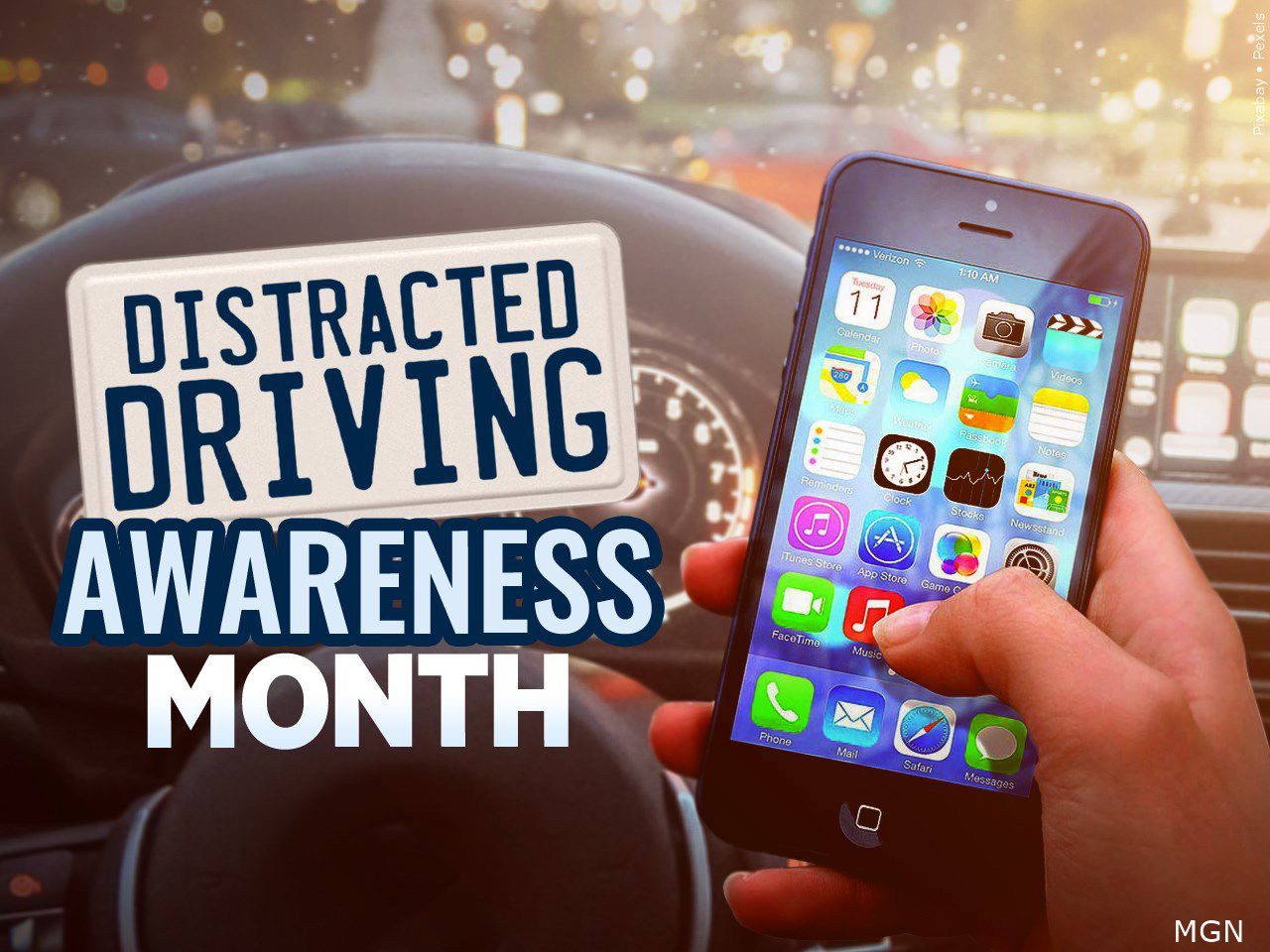
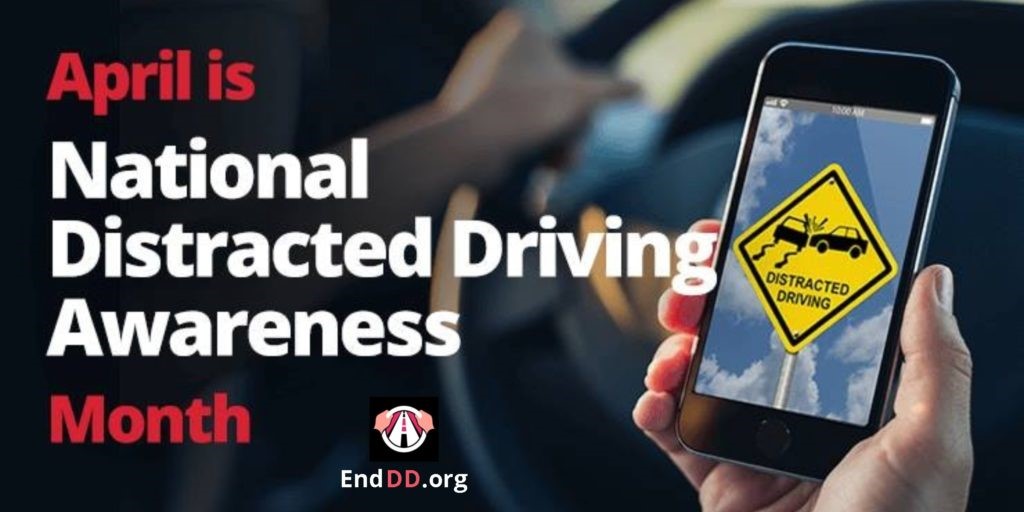


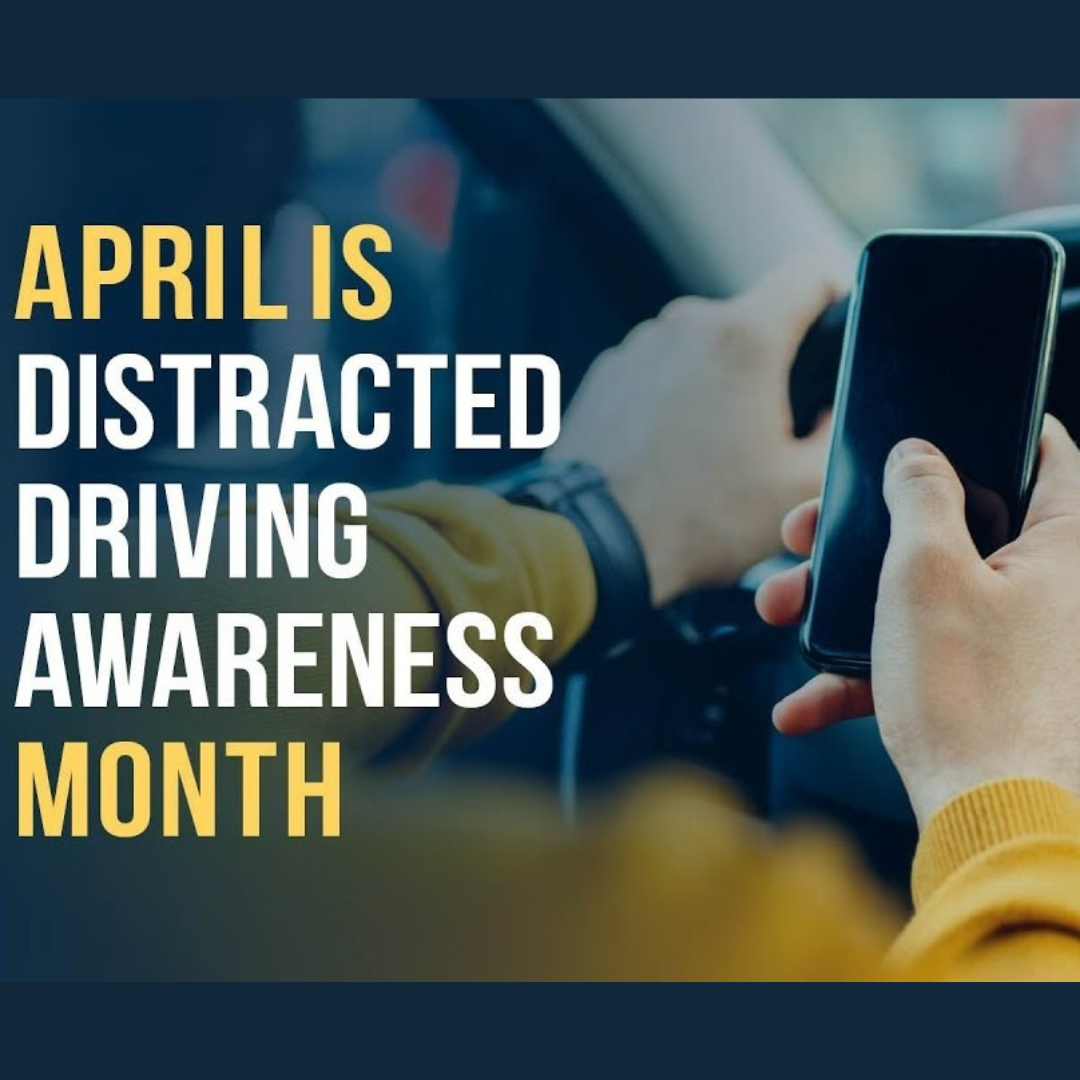
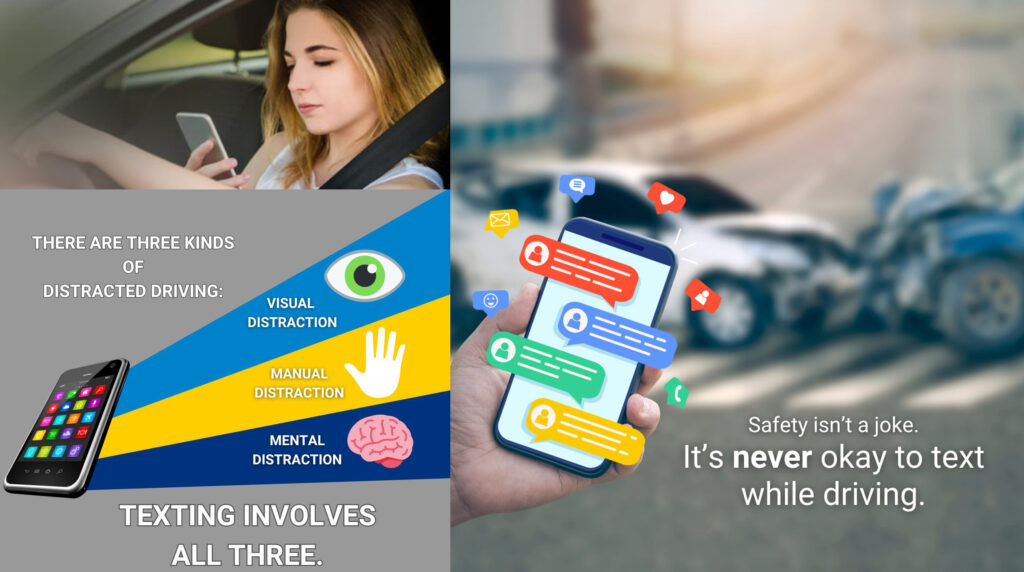

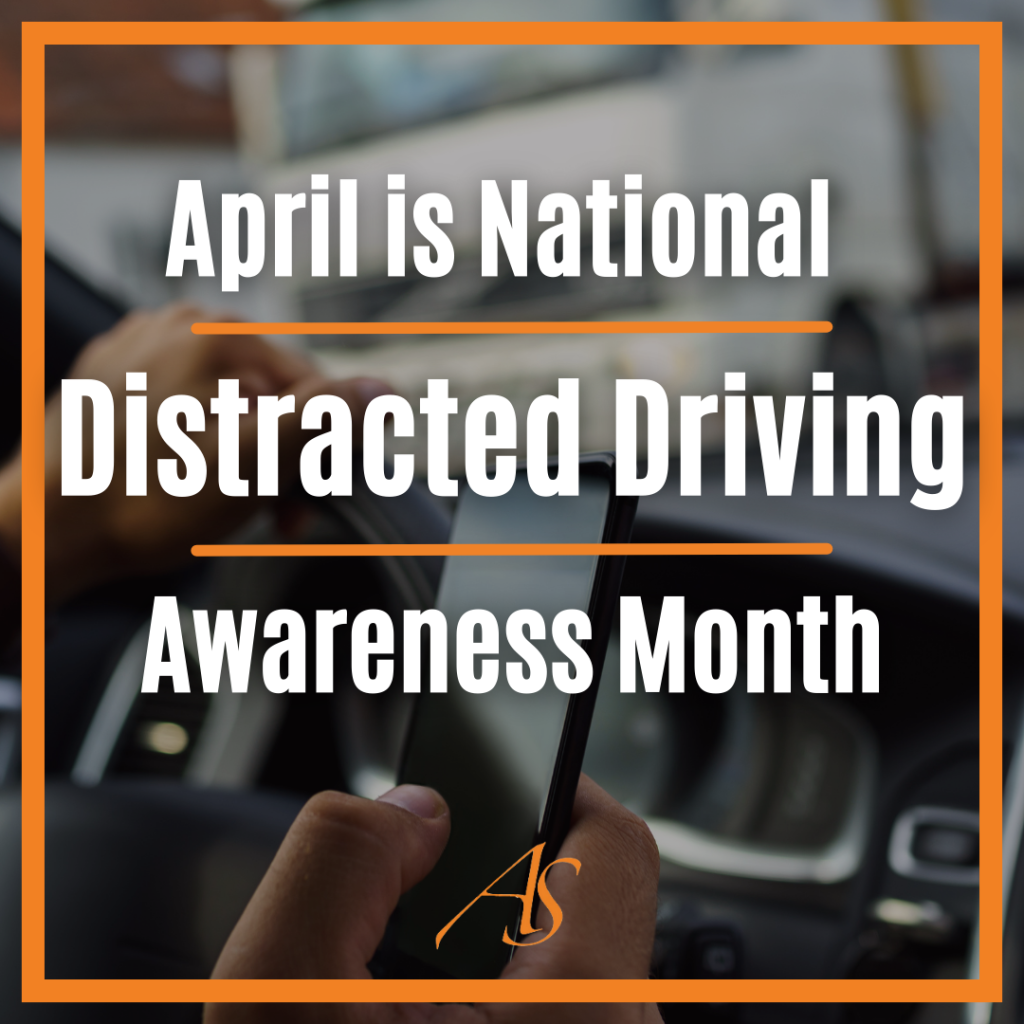
![April Is Distracted Driving Awareness Month Distracted Driving: Awareness Month [Infographic] - ownvisual](https://1.bp.blogspot.com/-G7JxxwWkGZg/Wsco1eK9kQI/AAAAAAAAC_0/XhJScAN8wmQQmLAdLxXw_tH6q68767BEwCKgBGAs/s1600/distracted-driving-awareness-month.png)
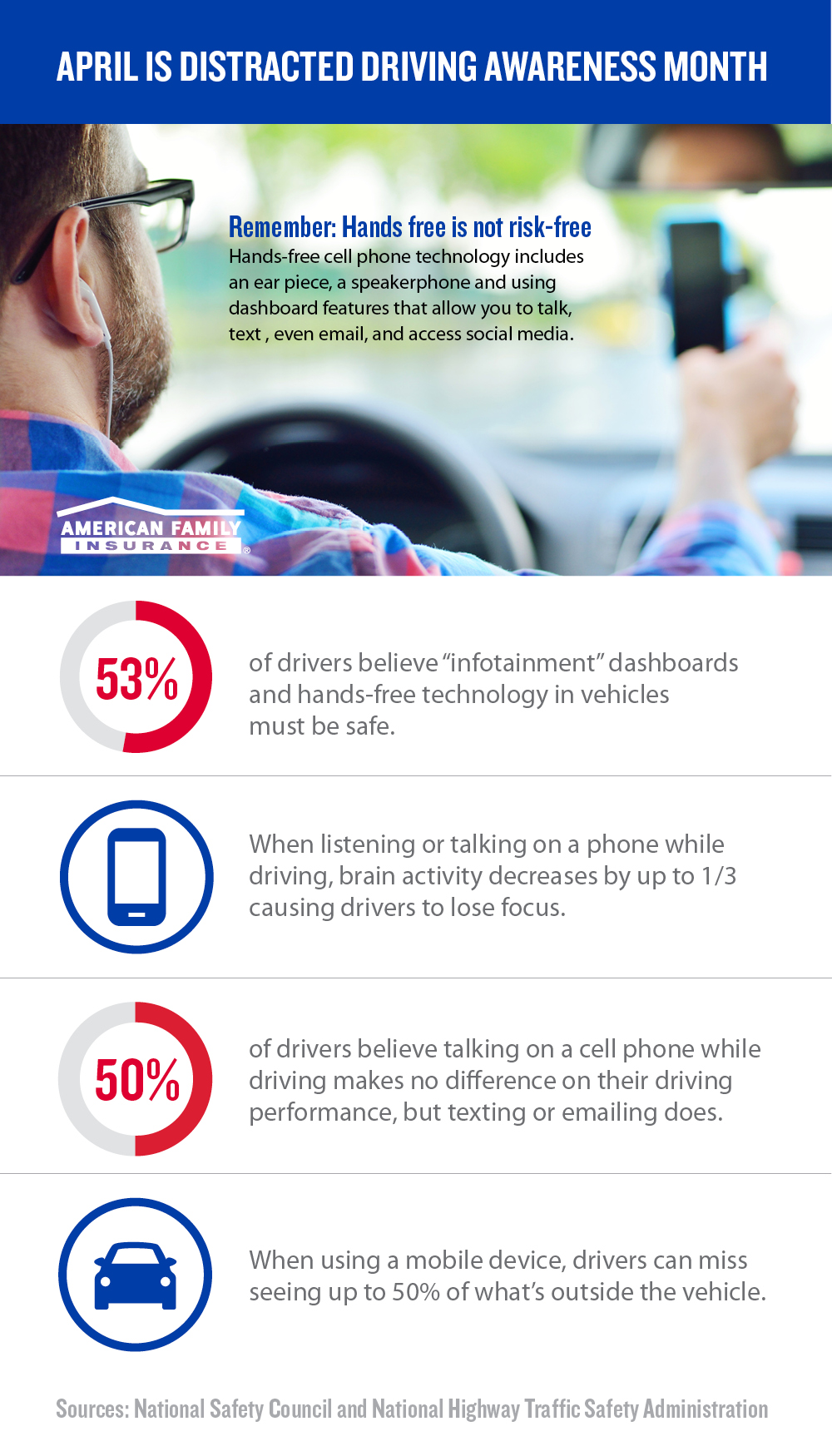



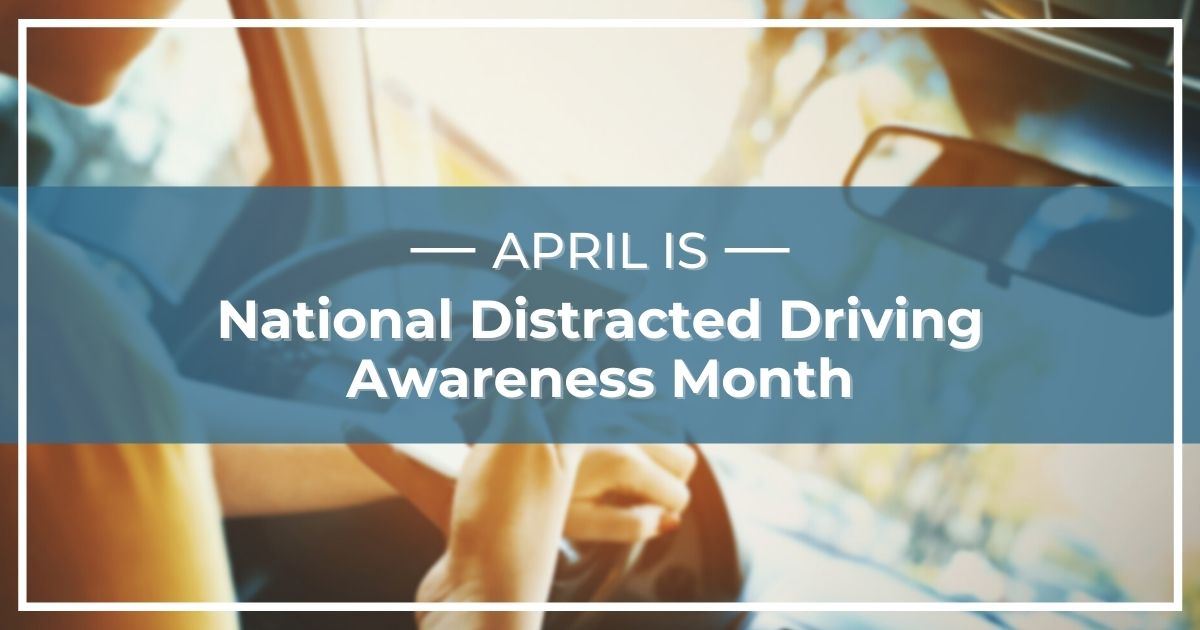

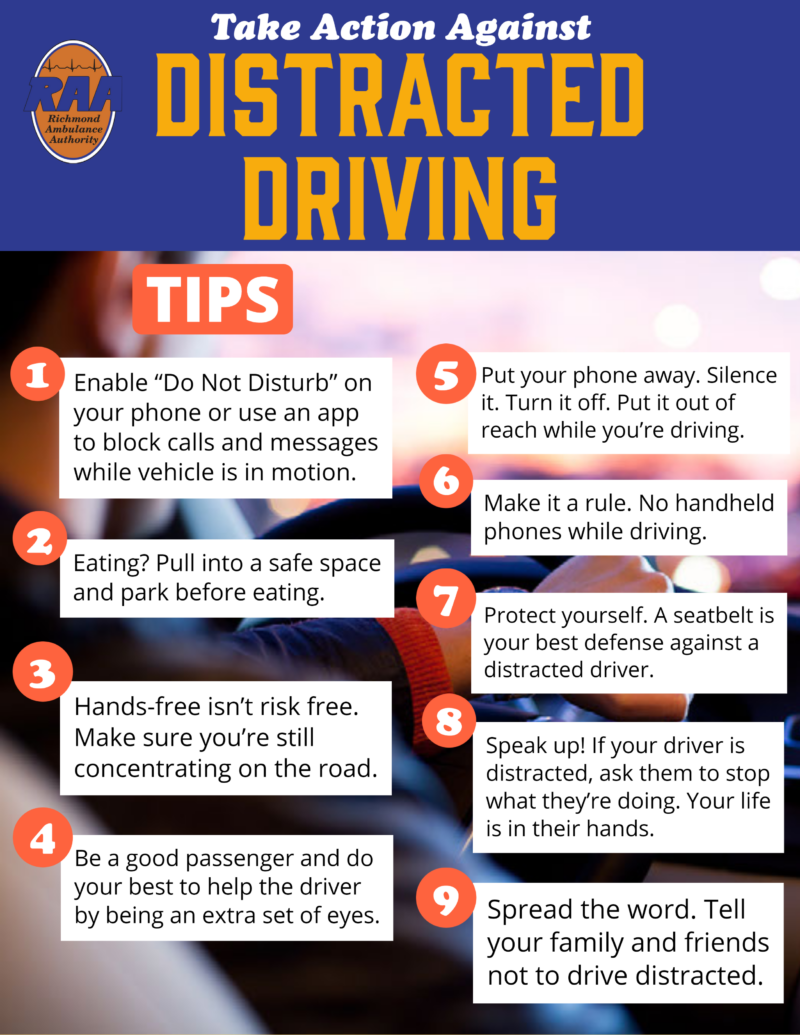
.jpg)
